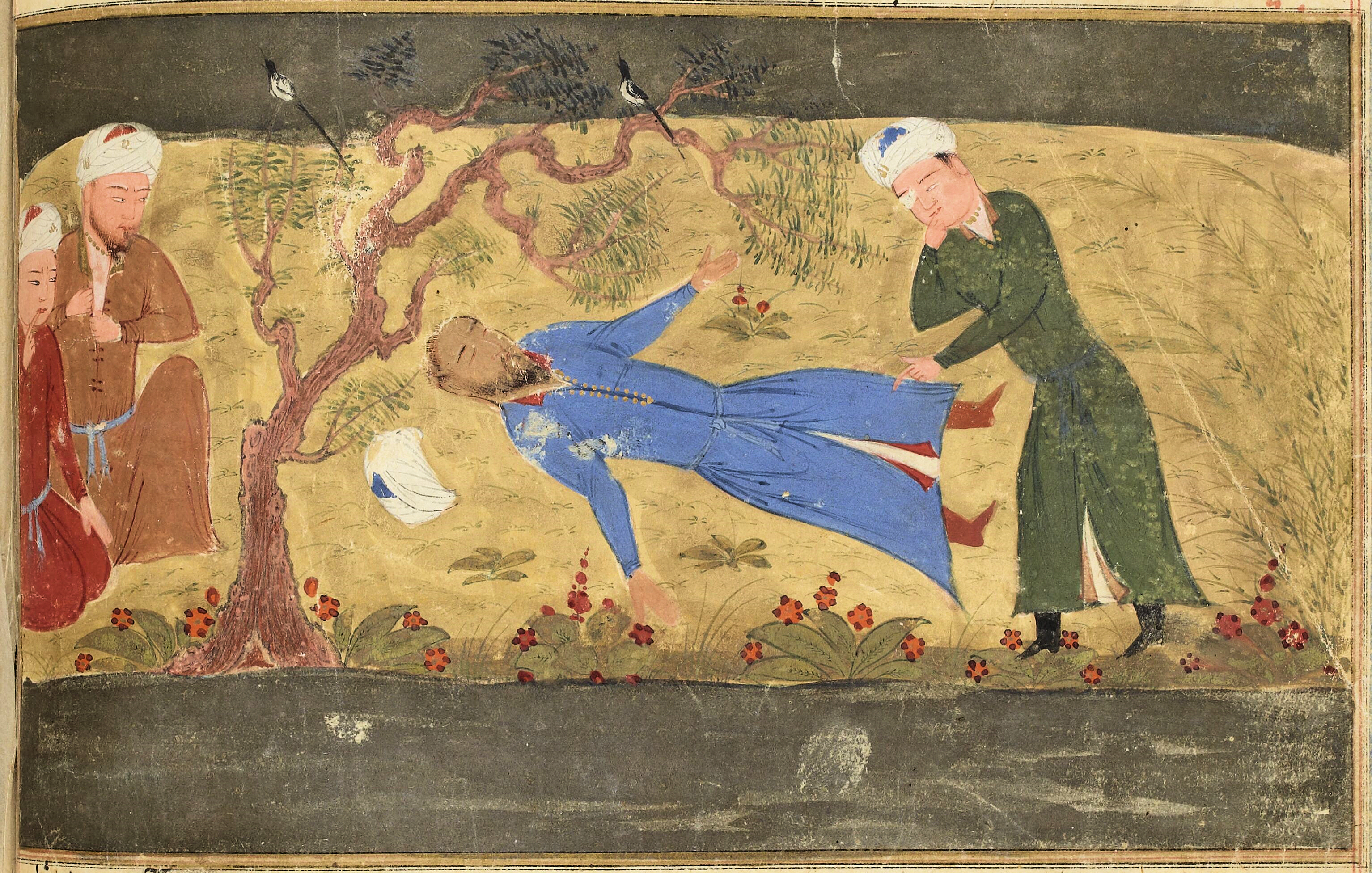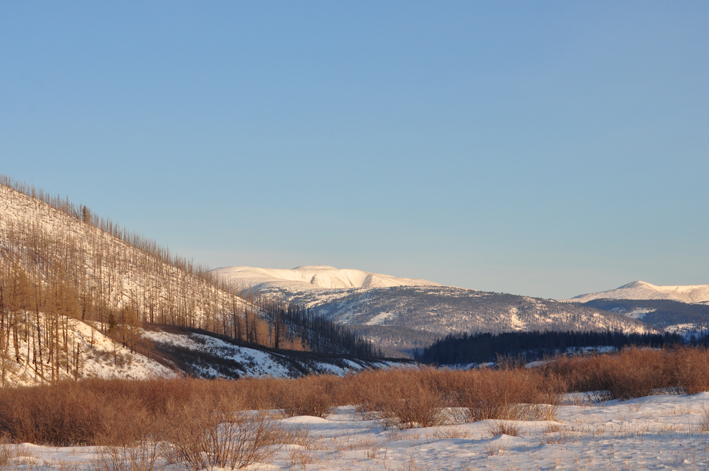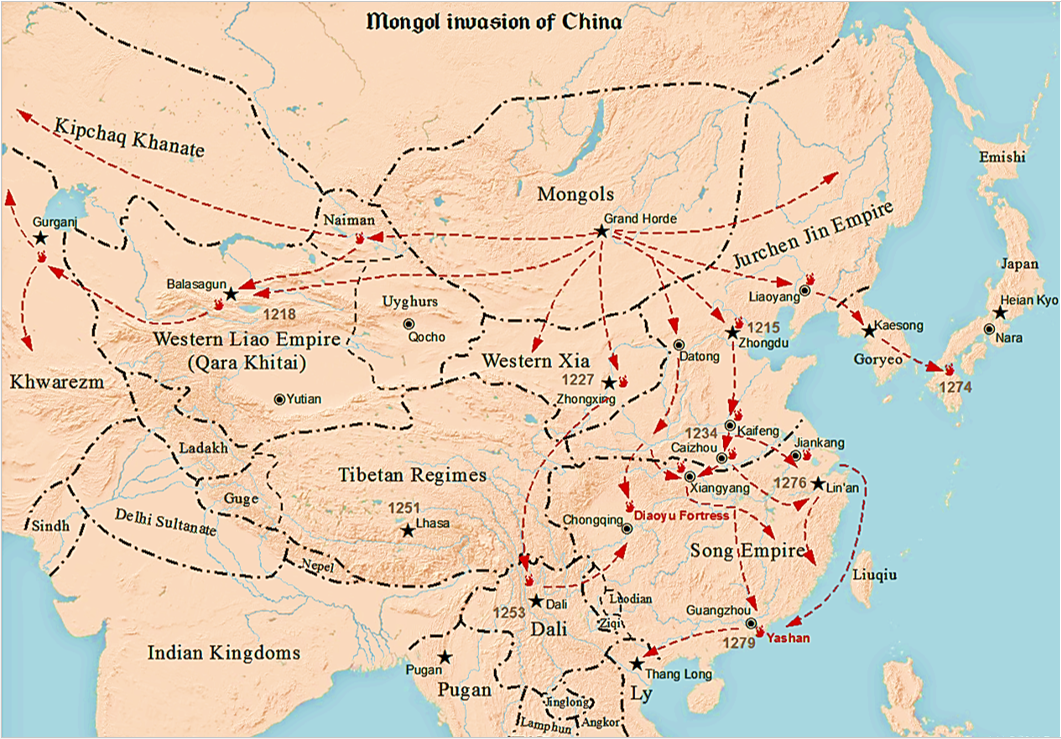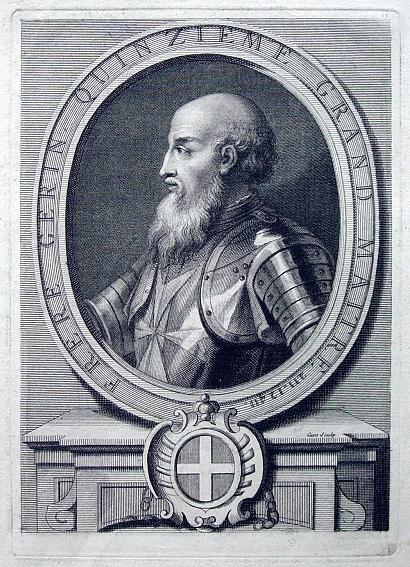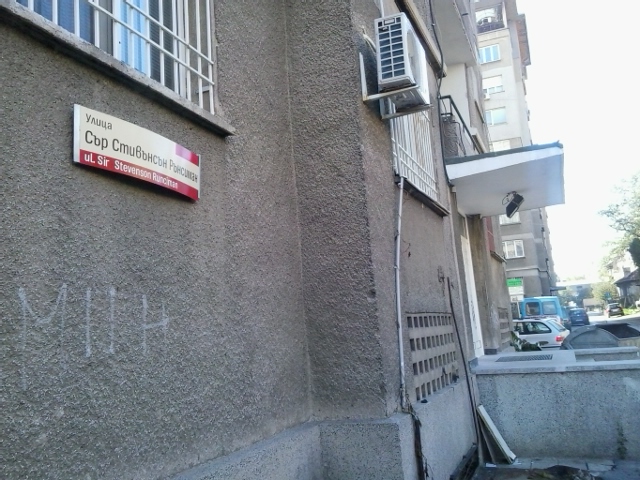|
1220
Year 1220 ( MCCXX) was a leap year starting on Wednesday (link will display the full calendar) of the Julian calendar. Events By place Fifth Crusade * July – The Crusaders, led by the Knights Hospitaller, raid Burlus, located in the Nile Delta in Egypt. The town is pillaged, but the knights are ambushed on their return, and several Hospitallers, including Grand Master Guérin de Montaigu, are captured. Meanwhile, Sultan Al-Kamil sends an Egyptian squadron down the Rosetta branch of the Nile. It sails to Cyprus, where it finds a Crusader fleet lying off Limassol. During the attack, they sink and capture all the ships, taking many thousands of prisoners. * Summer – The Crusader army is trapped by a Nile flood at Damietta. Cardinal Pelagius sends a Venetian squadron to intercept the Egyptian fleet, and attacks the harbours of Rosetta and Alexandria, but to no effect. Lack of money prevents Pelagius from building a sufficient number of ships, and the papal tr ... [...More Info...] [...Related Items...] OR: [Wikipedia] [Google] [Baidu] |
Khwarazmian Empire
The Khwarazmian or Khwarezmian Empire) or the Khwarazmshahs ( fa, خوارزمشاهیان, Khwārazmshāhiyān) () was a Turko-Persian Sunni Muslim empire that ruled large parts of present-day Central Asia, Afghanistan, and Iran in the approximate period of 1077 to 1231, first as Vassal state, vassals of the Seljuk Empire and the Qara Khitai (Western Liao dynasty), and later as independent rulers, up until the Mongol conquest of the Khwarazmian Empire, Mongol conquest in the 13th century. It is estimated that the empire spanned an area of 2.3 million square kilometers to 3.6 million square kilometers effectively making it one of the List of largest empires#Empires at their greatest extent, largest land empires in history. In the beginning of the 13th century, the empire was the great power, greatest power in the Muslim world. The empire, which was modelled on the preceding Seljuk Empire, was defended by a huge cavalry army composed largely of Kipchak Turks. However, in 1219, ... [...More Info...] [...Related Items...] OR: [Wikipedia] [Google] [Baidu] |
Siege Of Bukhara
The siege of Bukhara took place during the Mongol conquest of the Khwarazmian Empire, in March 1220. Genghis Khan, ruler of the Mongol Empire, had launched a multi-pronged assault on the Khwarazmian Empire, ruled by Shah Muhammad II. While the Shah planned to defend his major cities individually, the Mongols laid siege to the border town of Otrar, and struck further into Khwarazmia. The city of Bukhara was a major trading and cultural centre of the Khwarazmian Empire, but was located far from the border with the Mongol Empire, and so the Shah allocated fewer than 20,000 soldiers to defend it. However, a Mongol force, estimated to number between 30,000 and 50,000 men, managed to traverse the Kyzylkum Desert, previously thought to be impassable for large armies. Bukhara was caught completely by surprise, and after a failed sortie, the outer city surrendered within three days. Khwarazmian loyalists continued to defend the citadel for less than two weeks, before it was breach ... [...More Info...] [...Related Items...] OR: [Wikipedia] [Google] [Baidu] |
Muhammad II Of Khwarazm
Ala ad-Din Muhammad II ( Persian: علاءالدین محمد خوارزمشاه; full name: ''Ala ad-Dunya wa ad-Din Abul-Fath Muhammad Sanjar ibn Tekish'') was the Shah of the Khwarazmian Empire from 1200 to 1220. His ancestor was Anushtegin Gharchai, a Turkic Ghulam who eventually became a viceroy of a small province named Khwarizm. He is perhaps best known for inciting the Mongol conquest of the Khwarazmian Empire, which resulted in the utter destruction of his empire. Reign After his father Tekish died, Muhammad succeeded him. Right after his accession, however, his domains were invaded by the two Ghurid brothers Ghiyath al-Din Ghori and Mu'izz al-Din. Within weeks, the two brothers had moved their armies westwards into Khorasan. Once they had captured Nishapur, Mu'izz al-Din was sent on an expedition towards Ray, but he let his troops get out of control and got little further than Gurgan, earning criticism from Ghiyath which led to the only reported quarrel betw ... [...More Info...] [...Related Items...] OR: [Wikipedia] [Google] [Baidu] |
Samarkand
fa, سمرقند , native_name_lang = , settlement_type = City , image_skyline = , image_caption = Clockwise from the top: Registan square, Shah-i-Zinda necropolis, Bibi-Khanym Mosque, view inside Shah-i-Zinda, Sher-Dor Madrasah in Registan, Timur's Mausoleum Gur-e-Amir. , image_alt = , image_flag = , flag_alt = , image_seal = Emblem of Samarkand.svg , seal_alt = , image_shield = , shield_alt = , etymology = , nickname = , motto = , image_map = , map_alt = , map_caption = , pushpin_map = Uzbekistan#West Asia#Asia , pushpin_map_alt = , pushpin_mapsize = 300 , pushpin_map_caption = Location in Uzbekistan , pushpin_label_position = , pushpin_relief = 1 , coordinates = , coor_pinpoint = ... [...More Info...] [...Related Items...] OR: [Wikipedia] [Google] [Baidu] |
Genghis Khan Empire-en
''Chinggis Khaan'' ͡ʃʰiŋɡɪs xaːŋbr /> Mongol script: ''Chinggis Qa(gh)an/ Chinggis Khagan'' , birth_name = Temüjin , successor = Tolui (as regent)Ögedei Khan , spouse = , issue = , house = Borjigin , dynasty = Genghisid , regnal name = Genghis Khan () , temple name = Taizu () , posthumous name = Emperor Fatian Qiyun Shengwu () , father = Yesügei , mother = Hoelun , religion = Tengrism , birth_date = , birth_place = Khentii Mountains, Khamag Mongol , death_date = (aged 64–65) , death_place = Xingqing, Western Xia , burial_place = Unknown(presumptively Ikh Khorig, Burkhan Khaldun, Khentii Province) Genghis Khan (born Temüjin; ; xng, Temüjin, script=Latn; ., name=Temujin – August 25, 1227) was the founder and first Great Khan (Emperor) of the Mongol Empire, which became the largest contiguous empire in history after his death. He came to power by uniting many of the nomadic tribes o ... [...More Info...] [...Related Items...] OR: [Wikipedia] [Google] [Baidu] |
Subutai
Subutai ( Classical Mongolian: ''Sübügätäi'' or ''Sübü'ätäi''; Modern Mongolian: Сүбээдэй, ''Sübeedei''. ; ; c. 1175–1248) was a Mongol general and the primary military strategist of Genghis Khan and Ögedei Khan. He directed more than 20 campaigns and won 65 pitched battles, during which he conquered or overran more territory than any other commander in history as part of the expansion of the Mongol Empire, the largest contiguous empire in human history. He often gained victory by means of imaginative and sophisticated strategies and routinely coordinated movements of armies that operated hundreds of kilometers apart from each other. Subutai is well known for the geographical diversity and success of his expeditions, which took him from central Asia to the Russian steppe and into Europe. He is widely regarded as one of the greatest military commanders and strategists in history. Early life Historians believe Subutai was born in the year 1175, probably just ... [...More Info...] [...Related Items...] OR: [Wikipedia] [Google] [Baidu] |
Guérin De Montaigu
Guérin de Montaigu (died 1228), also known as Garin de Montaigu or Pierre Guérin de Montaigu, was a nobleman from Auvergne, who became the fourteenth Grand Master of the Knights Hospitaller, serving from 1207–1228. He succeeded the Grand Master Geoffroy le Rat after his death in 1206, and was succeeded by Bertrand de Thessy. Biography Guérin de Montaigu was elected Grand Master in the summer of 1207, between 22 May and 1 October. He was Marshal of the Order and participated in the Fifth Crusade. He died a natural death during the reconstruction of the wall of Sidon between 11 November 1227 and 1 March 1228. He was described as "the figure of one of the greatest masters of whom the Hospital has reason to be proud ". Tradition would have it that he was a native of Auvergne and that he was the brother of Pierre de Montaigu, Grand Master of the Knights Templar from 1219 to 1232. Unfortunately, the nobiliaries of Auvergne do not establish to which of the Montaigu families th ... [...More Info...] [...Related Items...] OR: [Wikipedia] [Google] [Baidu] |
Bukhara
Bukhara (Uzbek language, Uzbek: /, ; tg, Бухоро, ) is the List of cities in Uzbekistan, seventh-largest city in Uzbekistan, with a population of 280,187 , and the capital of Bukhara Region. People have inhabited the region around Bukhara for at least five millennia, and the city has existed for half that time. Located on the Silk Road, the city has long served as a center of trade, scholarship, culture, and religion. The mother tongue of the majority of people of Bukhara is Tajik language, Tajik, a dialect of the Persian language, although Uzbek language, Uzbek is spoken as a second language by most residents. Bukhara served as the capital of the Samanid Empire, Khanate of Bukhara, and Emirate of Bukhara and was the birthplace of scholar Imam Bukhari. The city has been known as "Noble Bukhara" (''Bukhārā-ye sharīf''). Bukhara has about 140 architectural monuments. UNESCO has listed the historic center of Bukhara (which contains numerous mosques and madrasas) as a List o ... [...More Info...] [...Related Items...] OR: [Wikipedia] [Google] [Baidu] |
Genghis Khan
''Chinggis Khaan'' ͡ʃʰiŋɡɪs xaːŋbr /> Mongol script: ''Chinggis Qa(gh)an/ Chinggis Khagan'' , birth_name = Temüjin , successor = Tolui (as regent) Ögedei Khan , spouse = , issue = , house = Borjigin , dynasty = Genghisid , regnal name = Genghis Khan () , temple name = Taizu () , posthumous name = Emperor Fatian Qiyun Shengwu () , father = Yesügei , mother = Hoelun , religion = Tengrism , birth_date = , birth_place = Khentii Mountains, Khamag Mongol , death_date = (aged 64–65) , death_place = Xingqing, Western Xia , burial_place = Unknown(presumptively Ikh Khorig, Burkhan Khaldun, Khentii Province) Genghis Khan (born Temüjin; ; xng, Temüjin, script=Latn; ., name=Temujin – August 25, 1227) was the founder and first Great Khan ( Emperor) of the Mongol Empire, which became the largest contiguous empire in history after his death. He came to power by uniting many of the noma ... [...More Info...] [...Related Items...] OR: [Wikipedia] [Google] [Baidu] |
Caspian Sea
The Caspian Sea is the world's largest inland body of water, often described as the List of lakes by area, world's largest lake or a full-fledged sea. An endorheic basin, it lies between Europe and Asia; east of the Caucasus, west of the broad steppe of Central Asia, south of the fertile plains of Southern Russia in Eastern Europe, and north of the mountainous Iranian Plateau of Western Asia. It covers a surface area of (excluding the highly saline lagoon of Garabogazköl to its east) and a volume of . It has a salinity of approximately 1.2% (12 g/L), about a third of the salinity of average seawater. It is bounded by Kazakhstan to the northeast, Russia to the northwest, Azerbaijan to the southwest, Iran to the south, and Turkmenistan to the southeast. The sea stretches nearly from north to south, with an average width of . Its gross coverage is and the surface is about below sea level. Its main freshwater Inflow (hydrology), inflow, Europe's longest river, the Volga, enters ... [...More Info...] [...Related Items...] OR: [Wikipedia] [Google] [Baidu] |
Iran
Iran, officially the Islamic Republic of Iran, and also called Persia, is a country located in Western Asia. It is bordered by Iraq and Turkey to the west, by Azerbaijan and Armenia to the northwest, by the Caspian Sea and Turkmenistan to the north, by Afghanistan and Pakistan to the east, and by the Gulf of Oman and the Persian Gulf to the south. It covers an area of , making it the 17th-largest country. Iran has a population of 86 million, making it the 17th-most populous country in the world, and the second-largest in the Middle East. Its largest cities, in descending order, are the capital Tehran, Mashhad, Isfahan, Karaj, Shiraz, and Tabriz. The country is home to one of the world's oldest civilizations, beginning with the formation of the Elamite kingdoms in the fourth millennium BC. It was first unified by the Medes, an ancient Iranian people, in the seventh century BC, and reached its territorial height in the sixth century BC, when Cyrus the Gr ... [...More Info...] [...Related Items...] OR: [Wikipedia] [Google] [Baidu] |
Steven Runciman
Sir James Cochran Stevenson Runciman ( – ), known as Steven Runciman, was an English historian best known for his three-volume '' A History of the Crusades'' (1951–54). He was a strong admirer of the Byzantine Empire. His history's negative portrayal of crusaders and contrasting more favourable view of Byzantine and Muslim societies had a profound impact on the popular conception of the Crusades. Biography Born in Northumberland, he was the second son of Walter and Hilda Runciman. His parents were members of the Liberal Party and the first married couple to sit simultaneously in Parliament. His father was created Viscount Runciman of Doxford in 1937. His paternal grandfather, Walter Runciman, 1st Baron Runciman, was a shipping magnate. He was named after his maternal grandfather, James Cochran Stevenson, the MP for South Shields. Eton and Cambridge It is said that he was reading Latin and Greek by the age of five. In the course of his long life he would master an aston ... [...More Info...] [...Related Items...] OR: [Wikipedia] [Google] [Baidu] |


